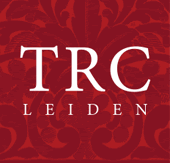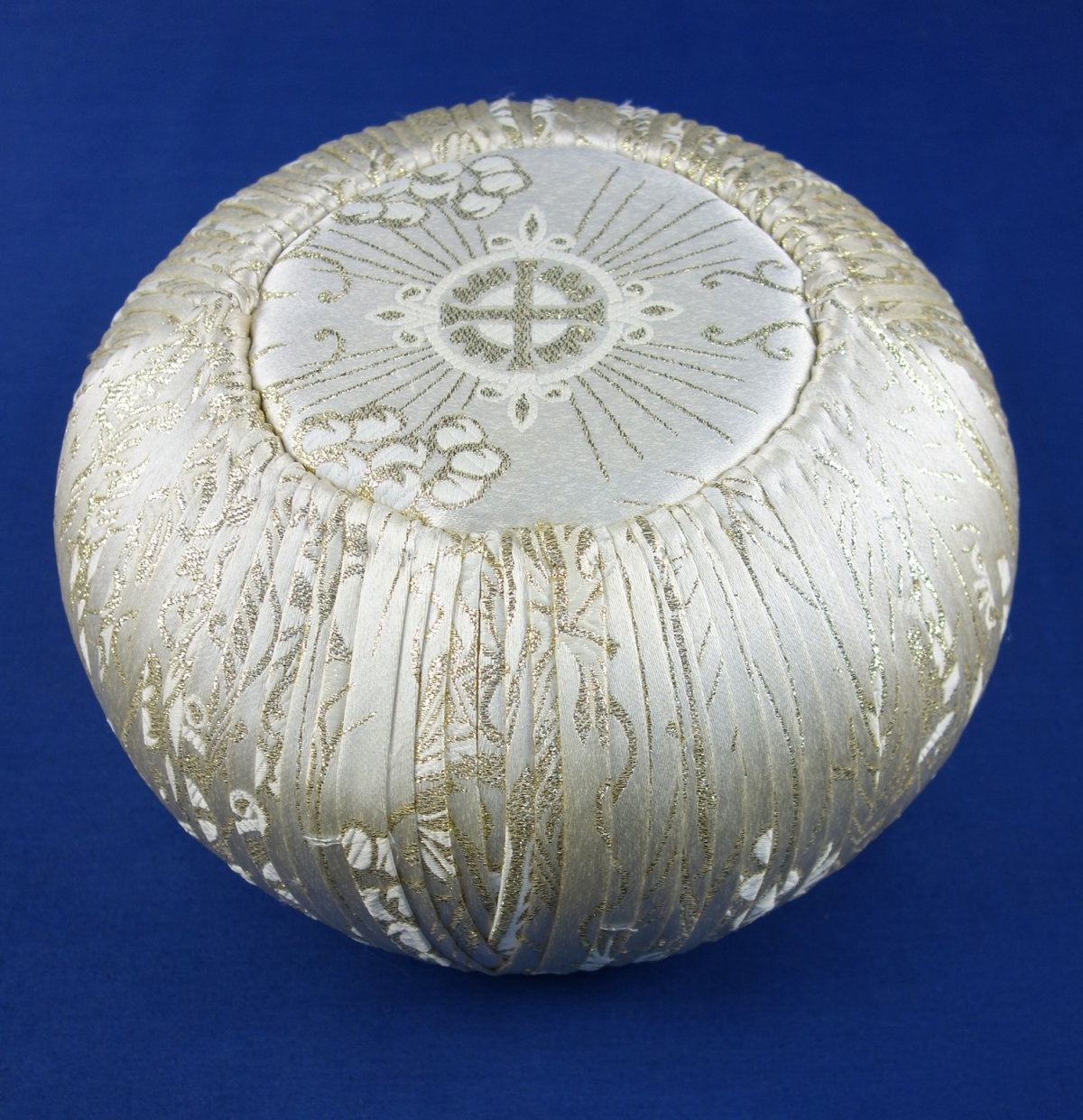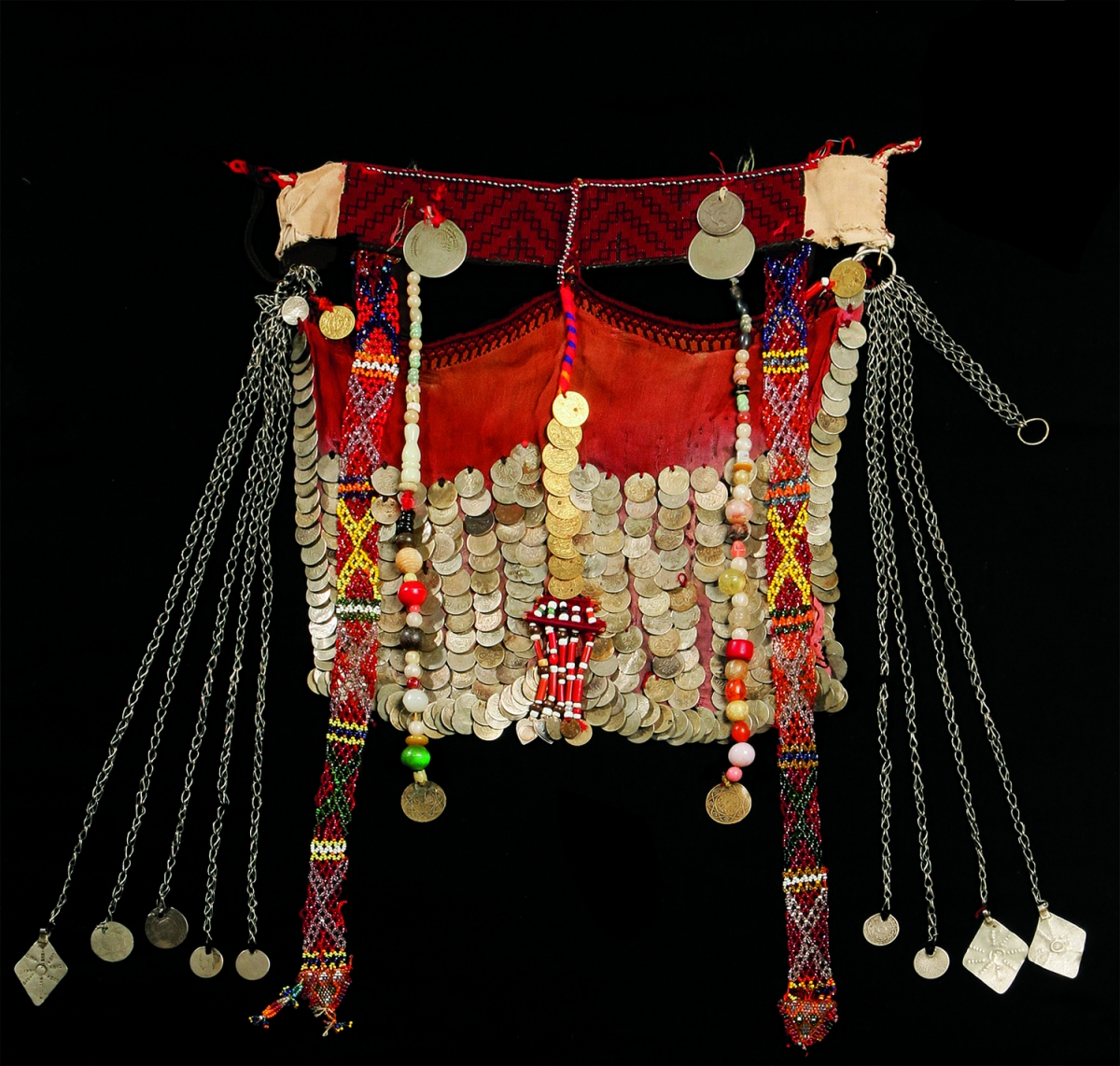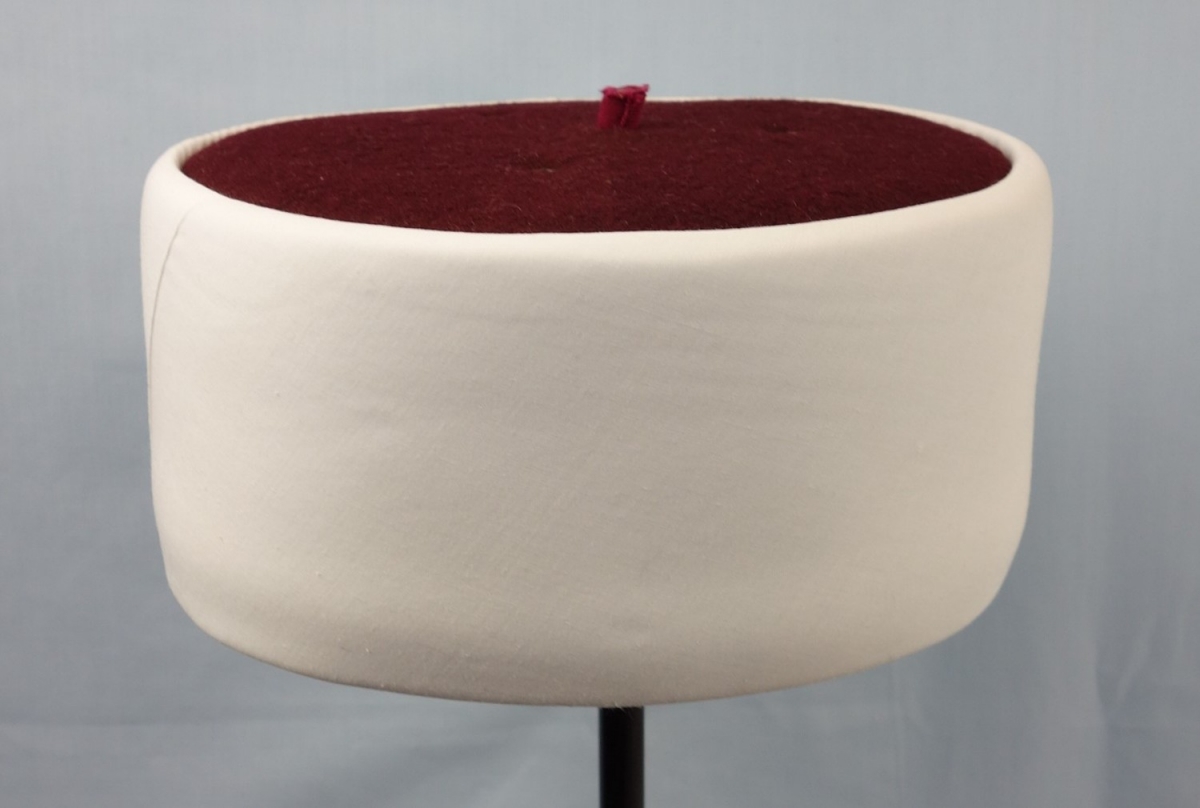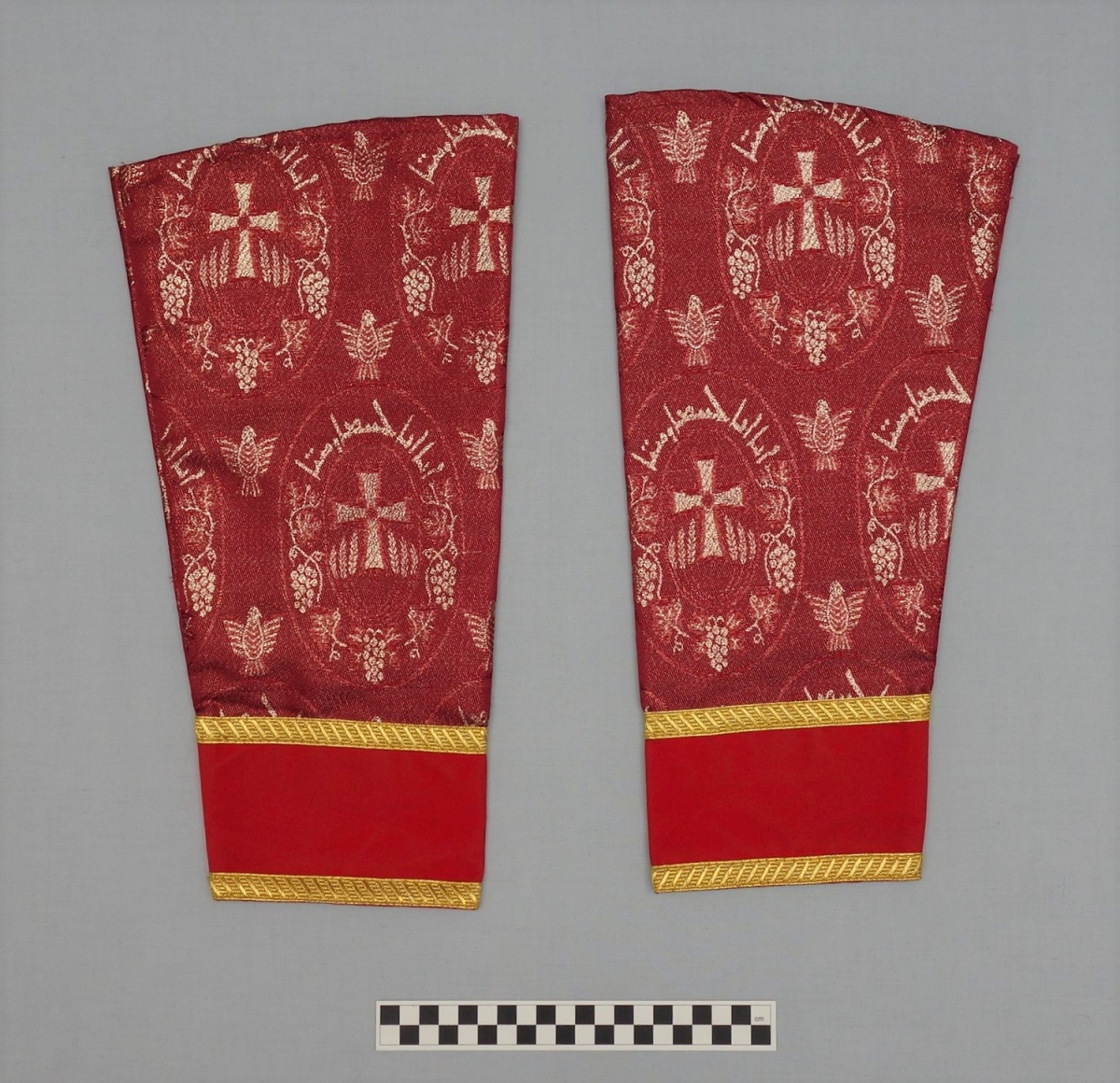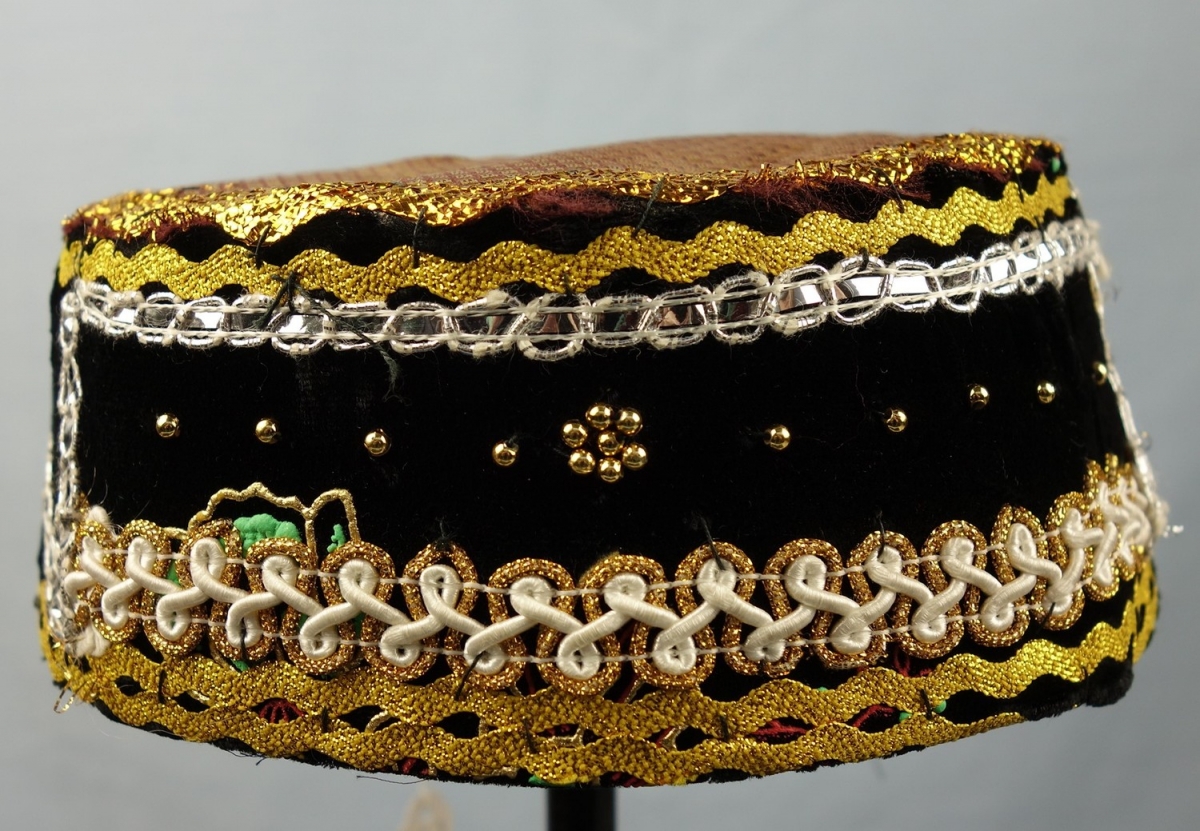From Kaftan To Kippa
From Kaftan to Kippa
When thinking of the Middle East, images of bearded men and veiled women tend to come to mind. But this neighbour of Europe is far more diverse than we often think. In the past few years, media coverage of the Arab Spring and the dramatic war in Syria and Iraq, have placed groups such as the Copts and the Kurds in the limelight, but there are many more ethnic and religious communities that are often ill-defined by national borders.
This online exhibition is based on a gallery display presented at the Textile Research Centre, Leiden, The Netherlands, from 3rd April to 28th June 2017. With the subtitle 'Dress and Diversity in the Middle East', it showcased the rich dress traditions of some of the groups living in the Middle East, highlighting the intricate history of this region. It included the Copts, Bedouin, Palestinians, Druze, Orthodox Jews, Samaritans, Kurds and the Zoroastrians.
The exhibition formed part of the Fitting In / Standing Out research project of the Vrije Universiteit Amsterdam, which was funded by the Netherlands Organization for Scientific Research (NWO).
This digital exhibition is based on a gallery display presented at the Textile Research Centre, Leiden, The Netherlands, from 3rd April to 28th June 2017. With the subtitle: Dress and Diversity in the Middle East, it formed part of the Fitting In / Standing Out research project of the Vrije Universiteit Amsterdam, which was funded by the Netherlands Organization for Scientific Research (NWO).
We would like to thank the following people for their help in creating the exhibition and booklet: Mrs. Nimet Bozat, Mrs. Hilal Çiftçi,Ms. Marieke Roozeboom, Dr. Ibrahim Saweros, Mr. Benyamin Tsedaka (AB Institute of Samaritan Studies, Israel), as well as the staff and colleagues at NVIC, Egypt (especially Tilly Mulder), the Federatie Koerden in Nederland (Fedkom), Mor Polycarpus Augin Aydin and Father Saliba Antonios of the Syriac Orthodox Church in The Netherlands and all the volunteers of the TRC Leiden.
For this online exhibition:
- Authors: Tineke Rooijakkers, Gillian Vogelsang-Eastwood, Willem Vogelsang and Bas ter Haar Romeny, with contributions by Judith Kindinger, Levi Klempner and Alexandra Pleşa.
- Web-design: Joost Koopman
- Exhibition design: Willem Vogelsang
- Publisher: TRC Leiden.
- Year of publication: 2018
- Copyright: All illustrations of objects housed in the TRC collection can be used free of charge, but please add to the caption: "Courtesy Textile Research Centre, Leiden" and the pertinent accession number of the object.
